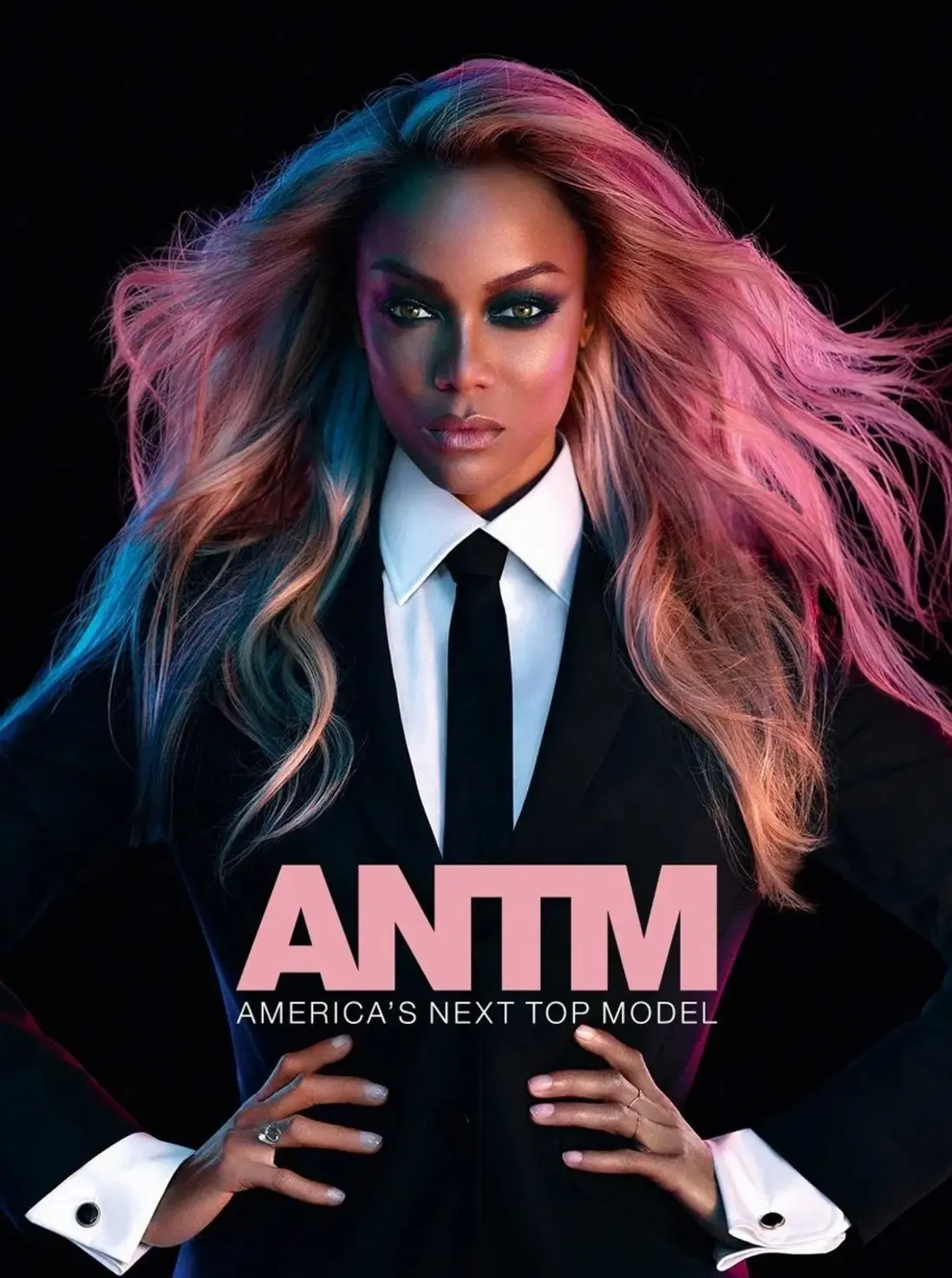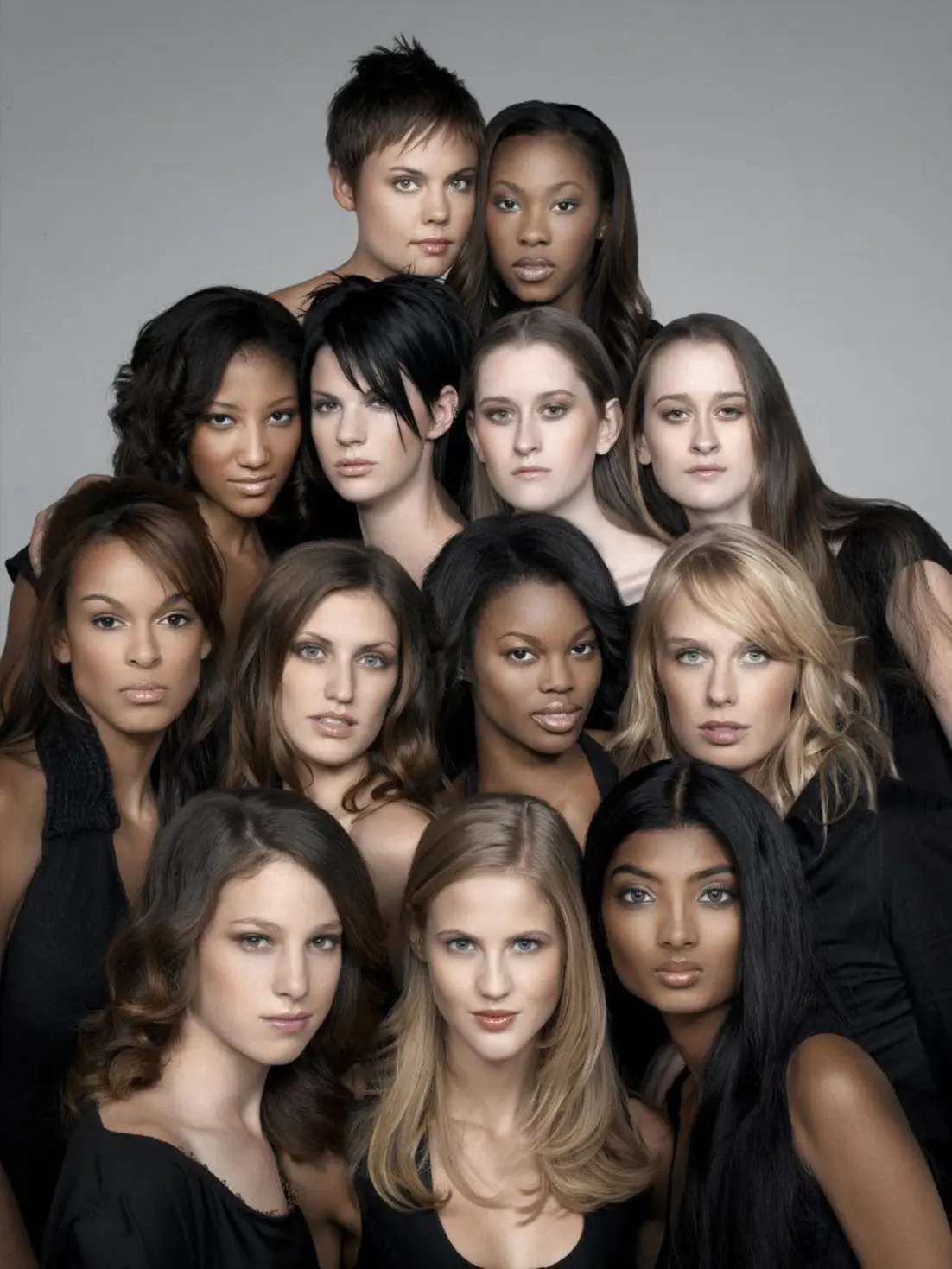May 20, 2003 was the day television learned to walk the runway. When America’s Next Top Model first aired, the world tilted, then erupted in awe.

May 20, 2003 was the day television learned to walk the runway. When America’s Next Top Model first aired, the world tilted, then erupted in awe.
May 20, 2003
May 20, 2003 was the day television learned to walk the runway. When America’s Next Top Model first aired, the world tilted, then erupted in awe.
Tyra Banks, already a supermodel, entrepreneur, and visionary, had just dropped a cultural bomb. For the first time ever, the luxurious, high-gloss world of fashion, once reserved for catwalks, couture ateliers, and the pages of Vogue stepped right into living rooms around the world. And suddenly, the runway belonged to everyone.
With one powerful idea, Tyra transformed aspiration into reality. The show was not simply entertainment; it was a masterclass in transformation, resilience, and reinvention. Every week was must-watch TV. Fans held their breath for the next shoot or runway—who would slay, who would crumble, and who would hear their name called first at the panel? Between the fierce poses, shocking twists, and Tyra’s unforgettable critiques, the show served up lessons in confidence, style, and ambition—turning the glamorous, intimidating world of modeling into something we could all peek into and dream about. But beyond the glamour lay something far deeper: the promise that beauty, talent, and confidence could be learned, not inherited. It was the democratization of fashion, and Tyra was its queen.

America’s Next Top Model mixed the sharp edge of fashion editorial with the heartbeat of reality television, creating a hybrid that had never existed before. The photo shoots turned into cinematic performances, the judging panels into moments of revelation. Phrases like “smize,” “fierce,” and “I have one photo in my hands…” became cultural mantras. Viewers leaned forward each week to see who could transform under pressure, who could command the camera, who could rise from insecurity into artistry.

This was more than a show, it was a movement. It broke new ground by showcasing models of different ethnicities, body types, and personalities at a time when mainstream modeling often felt exclusive. Its impact didn’t stop in the U.S.—the show sparked a global phenomenon, inspiring adaptations in over 120 countries and more than 200 seasons worldwide. Across continents, millions of young women and men saw a reflection of their dreams. They learned that fashion was not only about fabric and faces, but about courage, emotion, and the art of storytelling through posture, gaze, and spirit.

Tyra built a universe where ambition met vulnerability, where every eliminated contestant left not in defeat but in transformation. The fashion world would never look the same again. Every aspiring model who watched the show, they stepped before a camera and carried a piece of that first episode’s electric promise.
That night in 2003, the world met America’s Next Top Model, and the dream of becoming one. It was the birth of a new kind of fame, a new language of beauty, and a new age of fashion storytelling.
Tyra did not just create a show.
She created a generation.